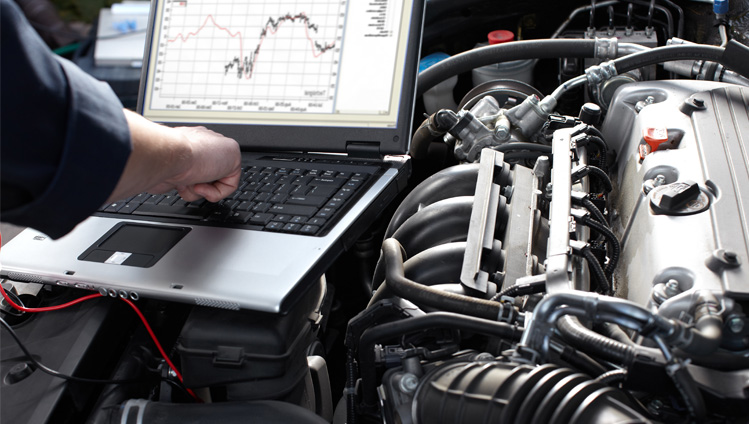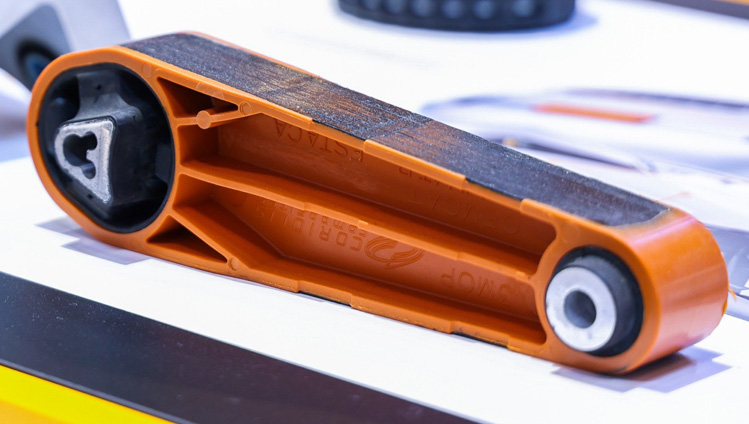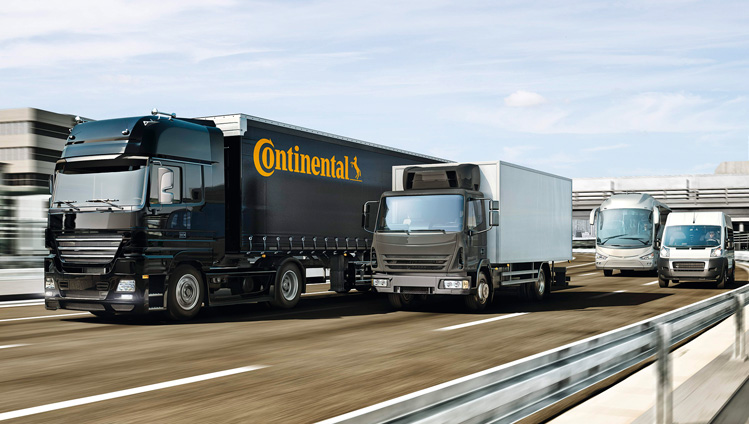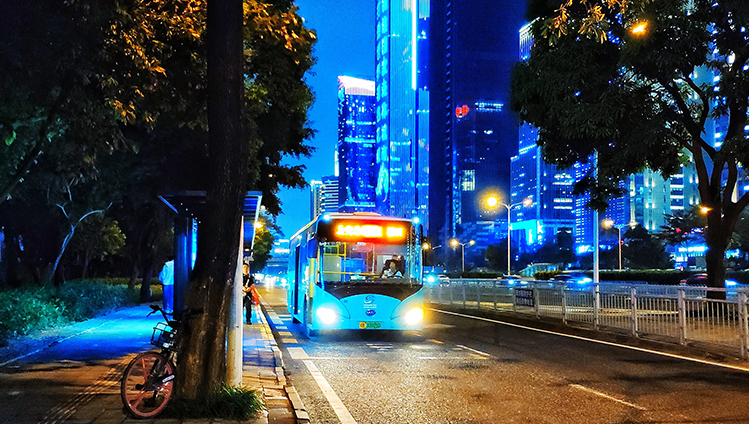
“On your marks!” It is astonishing how quiet a crowd of 80,000 people can go within seconds. You could hear a pin drop if it wasn’t for the hushed voices of TV and radio reporters in the press gallery and the nine muscly bodies slowly taking their crouching positions in the starting blocks. The next ten seconds will determine whether years of effort will pay off, whether they will seize the opportunity at this once-in-a-lifetime chance for Olympic glory. “Set!”
To get here, these athletes had to pay attention to every detail with hardly any room for errors. Thousands of hours on the track. Millions of pounds lifted at the gym. Hundreds of painful sessions at the physiotherapist. Strict and meticulous schedules for every aspect of life, from sleep patterns to nutrition. Not to mention the equipment: In addition to perfectly fitted running gear, dozens of pairs of sprinting spikes had to be tested, so light that they are barely perceivable but still have maximum power transmission when the race starts. All in the hopes that the effort will pay off, that the human machine will not be weighted down and perform at its zenith when it actually matters.

There is another area where weight and the attention to detail plays a similarly big role: cars. Over the years, they have become top athletes by building up automotive “muscle” – but at the cost of increased mass. And since regulators like the European Union are forcing OEMs to reduce the carbon footprints of their entire fleets, they in turn are looking for ways to optimize their top athlete’s setup – one lightweight part at a time. Cue the Continental coaches.
Partnership with lightweight experts
Our experts for automotive weight loss are based in Rennes, France. Ten years ago, they started looking for ways to develop lightweight parts that would perform just a well as the traditional solutions – and found a possible approach in the aviation industry. There, engineers have been using composites for large components for a long time. Why should that not also be a solution for automotive applications?

So, they teamed up with other pioneers in the field of lightweight materials to combine their expertise in anti-vibration systems, rubber and thermoplastics with the aviation industry’s know-how in thermoplastic composites and automated fiber placement processes. Add the latest research knowledge from two universities and – voilà – you get Dynafib, a new material solution for automotive parts.
Strong parts at less mass – Dynafib enables automotive weight loss
Dynafib is a lightweight technology and consists of several layers of tape in a closed loop. The tape is made of hundreds of very long glass fibers, all aligned in the same direction, which are impregnated into a thermoplastic matrix. Then, the layers of tape are fused together with the help of a laser beam in order to make an insert. The stronger and sturdier a part needs to be, the more layers can be used. That is why Dynafib is especially suitable for parts that must withstand internal loads directed towards the outside, like torque rods.

They are a perfect example to have a closer look at Dynafib’s potential to save weight while maintaining performance. Torque rods are usually made of steel or aluminum and dampen the impact of torque in a vehicle by preventing vibration and noise transfer as well as restricting motor roll. In order to safely link all the component’s parts together, the Dynafib-reinforced rod is combined with the two bushings and then overmolded with Polyamide which adds to the structural functionality of the part. Since the Dynafib reinforcement has been designed specifically for this application, it prevents the torque rod from tearing and greatly improves its strength at a lot less weight.
But how much less? Let’s use an aluminum torque rod as a benchmark for our comparison. A steel rod with the same strength would be around 20 percent heavier. A thermoplastic torque rod that has not been reinforced comes in at around 75 percent of an aluminum rod’s weight, but also at just 50 percent of its strength. Only the lightweight Dynafib solution achieves the same strength values as the metallic versions while saving around 50 percent of the weight compared to aluminum.
Challenges when developing new lightweight technologies
Although Dynafib is a highly innovative technology, it is sadly not suitable for every application or automotive component. In general, only parts that can be reinforced with a single straight tape can be considered since the Dynafib tape cannot be twisted. Furthermore, the production process needed to be figured out because we had to ensure that all components are joined together properly by optimizing the plastics injection.
The size of the component is also a challenge. Players in the aviation industry have been producing large surfaces with soft curves using several layers of multi-directional tape for many years. However, producing such a large lightweight component takes a lot of time. And time is critical since it is one of the automotive industry’s main demands, along with costs, when developing parts. Therefore, the number of parts that need to be produced at low costs is a lot higher than the output figures for an airplane cockpit. To make it worthwhile, Dynafib torque rods need to be put out at a high clip of 20 to 30 seconds per unit.

So, there are a lot of things to consider if you want to switch a standardized metallic part to new lightweight technologies. Nevertheless, while Continental’s Dynafib torque rod will go into mass production this spring, our material and product experts in Rennes are already working on how to slim down other automotive components like link arms and air springs where we hope to save around a third of their initial weight by applying Dynafib.
And while Dynafib coaches been focusing on passenger cars so far, they are already venturing out into the world convinced that there are also other vehicles out there who would benefit from losing weight: trucks, agricultural vehicles, construction machinery, trams and trains, bikes and other soft mobilities. Not to mention other industrial applications outside of mobility – the range of possibilities for lightweight solutions is almost as wide as the number of events for that magical 2024 summer in the French capital.
The future: sustainable lightweight solutions
Losing weight is obviously not an end in itself, neither for track athletes nor for cars. For OEMs, the exercise has a purpose: sustainability. Lower vehicle weight leads to less fuel consumption and therefore less CO2 emissions. But at Continental, we not only look at the downstream value chain, but also at our own materials, solutions and processes. What is great about Dynafib is that the production process itself doesn’t use up much energy. However, its overall carbon footprint is still not where we would like it to be mainly because of the materials used: glass fiber and new thermoplastics.
Our Dynafib experts in Rennes are working on this as well. They hope to introduce a new lightweight solution using the Dynafib technology with bio-based materials and recycled polymers as early as next year, that would lower the overall carbon footprint to only a fraction of what it is now . A real lightweight at full strength. And on the way there, maybe some of them will be among these 80,000 fans erupting into cheers when the starting pistol in Paris goes off. “Go!”












